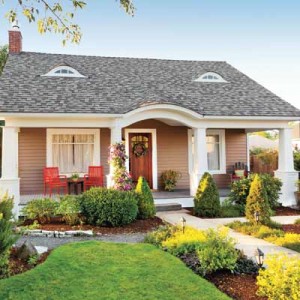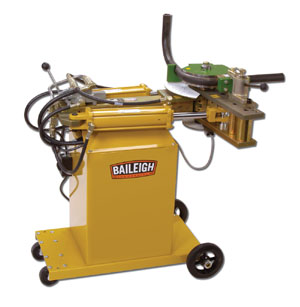To enhance your home’s curb appeal and make it to stand out in the neighborhood, it’s important to remodel the front of the property for an upgrade that can transform the space. Although remodeling can be an exciting project, it can also be an expensive one for homeowners. Fortunately, there are a few steps to take to remodel the front of your property without breaking the bank.
Repaint the Home
Give the front of your home a makeover by repainting it a contemporary and modern shade that allows it to look upgraded. The trim should also be repainted a neutral shade that complements the house and highlights the different features for a quick fix that is affordable.
Add a New Front Door
The front door of the home is one of the main details of the property that stands out to those passing by. If the door is older than 10 years, install new accent windows or swap out a splintered door for one with intricate designs. To keep the upgrade within your budget, you can also consider painting the front door a color that contrasts with your home’s exterior paint job. Try bright or deep colors like red, yellow, or black for a shade that stands out.
Add a Decorative Accent
Add more dimension to your yard with a decorative accent that works as a focal point on the property. A wood arch will allow vines to grow up for a beautiful entrance to the home that makes for an affordable decorative item. A water fountain or bird bath can also increase the quality of the property and allow it to look more high-end without spending thousands of dollars on landscaping or redoing the structure of the home. Water features also welcome butterflies and birds to the yard for a tranquil environment.

